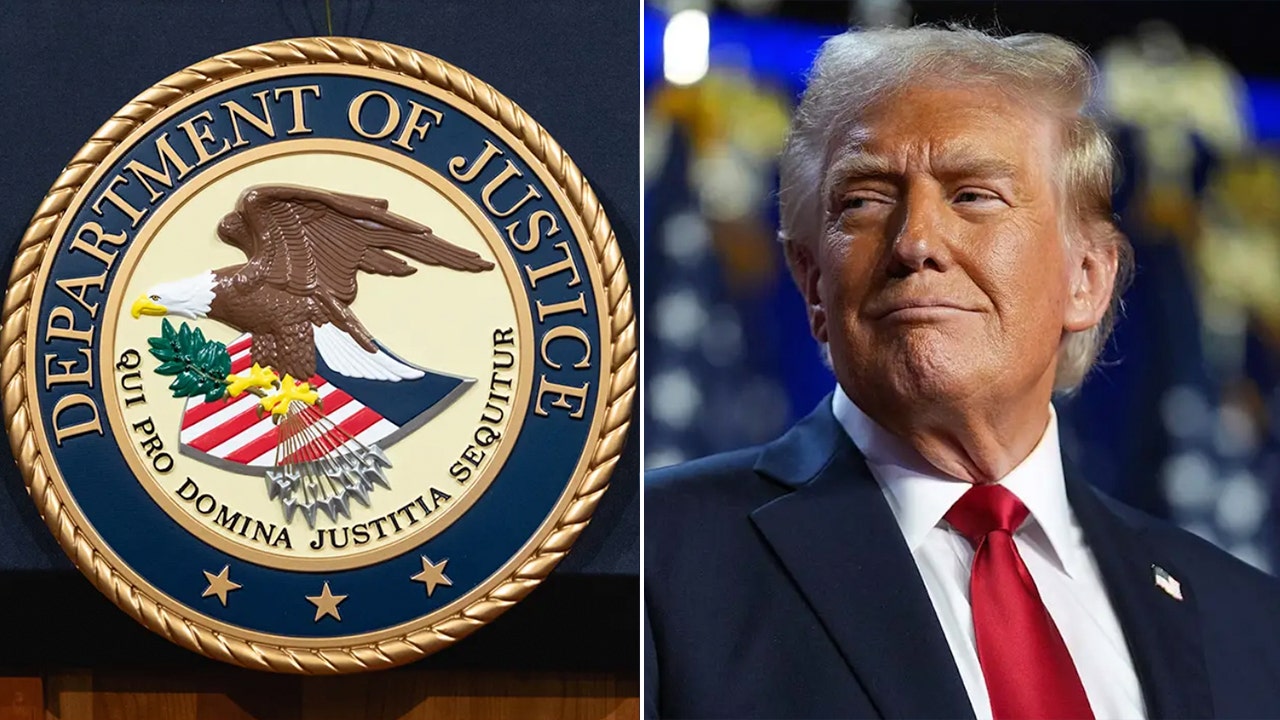Over the past month, the crypto market has experienced notable price swings, with the total market capitalization oscillating between $3 trillion and $3.73 trillion. A key catalyst behind this volatility is President Trump. While his inauguration took Bitcoin to a new all-time high of $109,200, his recent trade war did the opposite.
The administration imposed a 25% tariff on imports from Canada and Mexico, along with a 10% tariff on Chinese goods, sending shockwaves through global markets including the crypto sector. Although a temporary 30-day pause on these tariffs provided some relief, taking Bitcoin over the $100k mark, subsequent actions such as an additional 25% tariff on iron and aluminium left investors with a big question — How are these tariffs going to affect the crypto market?
The Reason Behind the Tariffs
The primary stated reason for these tariffs was to curb illegal immigration and prevent the inflow of contraband. However, many interpret this move as a strategic signal of US dominance over major economies. Although Canada and Mexico quickly pledged to deploy around 10,000 personnel each to secure their borders—a move that led to a temporary pause in further tariff increases—the subsequent 25% tariff on iron and aluminium reveals a deeper strategic intent from the US. This additional tariff indicates that the US is determined to maintain pressure on key industrial sectors, suggesting that the trade war is far from over.
How Did the Markets React?
The crypto markets had a knee-jerk reaction to the news taking Bitcoin to a low of $91,200. However, the market's resilience soon became evident when Bitcoin rebounded by over 10% in a single day, soaring to $102,000, and eventually stabilizing around $97,000. Similarly, altcoins experienced profit booking taking the market cap down to $3.4 trillion by the time the pause was announced. The tariffs increased inflation fears and concerns over upcoming Federal Reserve rate decisions shifted investor sentiment. But a zoomed-out look at the markets would have helped investors see the hidden benefits of the trade war.
Crypto Tracker
Long-Term Implications of the Tariff War
While the tariff-induced volatility has caused short-term corrections, there are long-term dynamics at play that could ultimately benefit the crypto sector. When a country increases tariffs, it often leads to higher inflation. The US, for instance, imports billions of dollars worth of construction materials from neighbouring countries. Increased tariffs on these essentials drive up costs, potentially fueling inflation and weakening the dollar. In such scenarios, safe-haven assets like gold and crypto—tend to gain traction as investors seek protection against devaluation.
The recent CPI data showing a 0.5% increase in inflation is an early sign of the tariff war. Should the tariff war continue, it could create a macroeconomic environment where digital assets serve as an effective hedge against inflation. Coupled with improving regulatory clarity and growing institutional interest, this scenario may spur broader adoption of crypto over the long term.
Conclusion
The short-term turbulence triggered by Trump’s trade war offers a dual advantage for the crypto market. Firstly, it creates attractive entry points for investors, and secondly, it establishes a favourable environment for long-term sector growth. While these conditions position Bitcoin and other digital assets on an upward trajectory, investors must remain vigilant and monitor trade developments closely to navigate news-driven volatility. Focusing on capital preservation and maintaining disciplined investment strategies will be key to capitalizing on future growth opportunities.
This article is attributed to Mr Edul Patel, Co-founder and CEO of Mudrex, a Global Crypto Investment Platform.
(Disclaimer: Recommendations, suggestions, views and opinions given by the experts are their own. These do not represent the views of the Economic Times)
(Disclaimer: The opinions expressed in this column are that of the writer. The facts and opinions expressed here do not reflect the views of www.economictimes.com.)
.png)
 German (DE)
German (DE)  English (US)
English (US)  Spanish (ES)
Spanish (ES)  French (FR)
French (FR)  Hindi (IN)
Hindi (IN)  Italian (IT)
Italian (IT)  Russian (RU)
Russian (RU) 







Comments